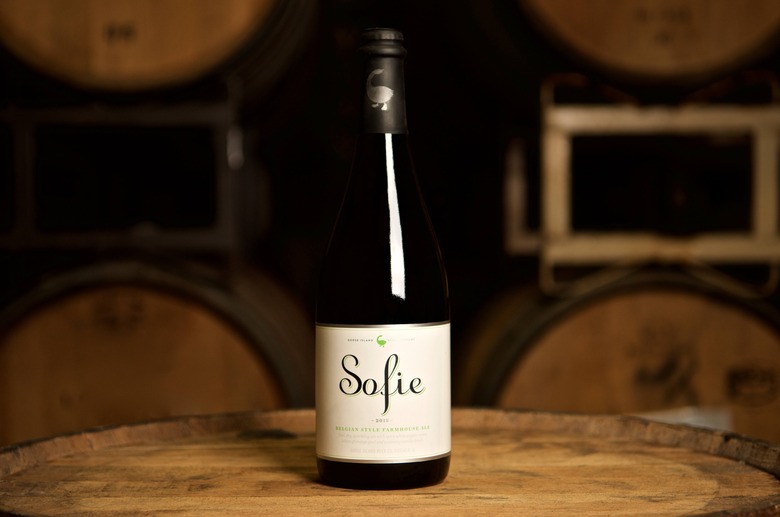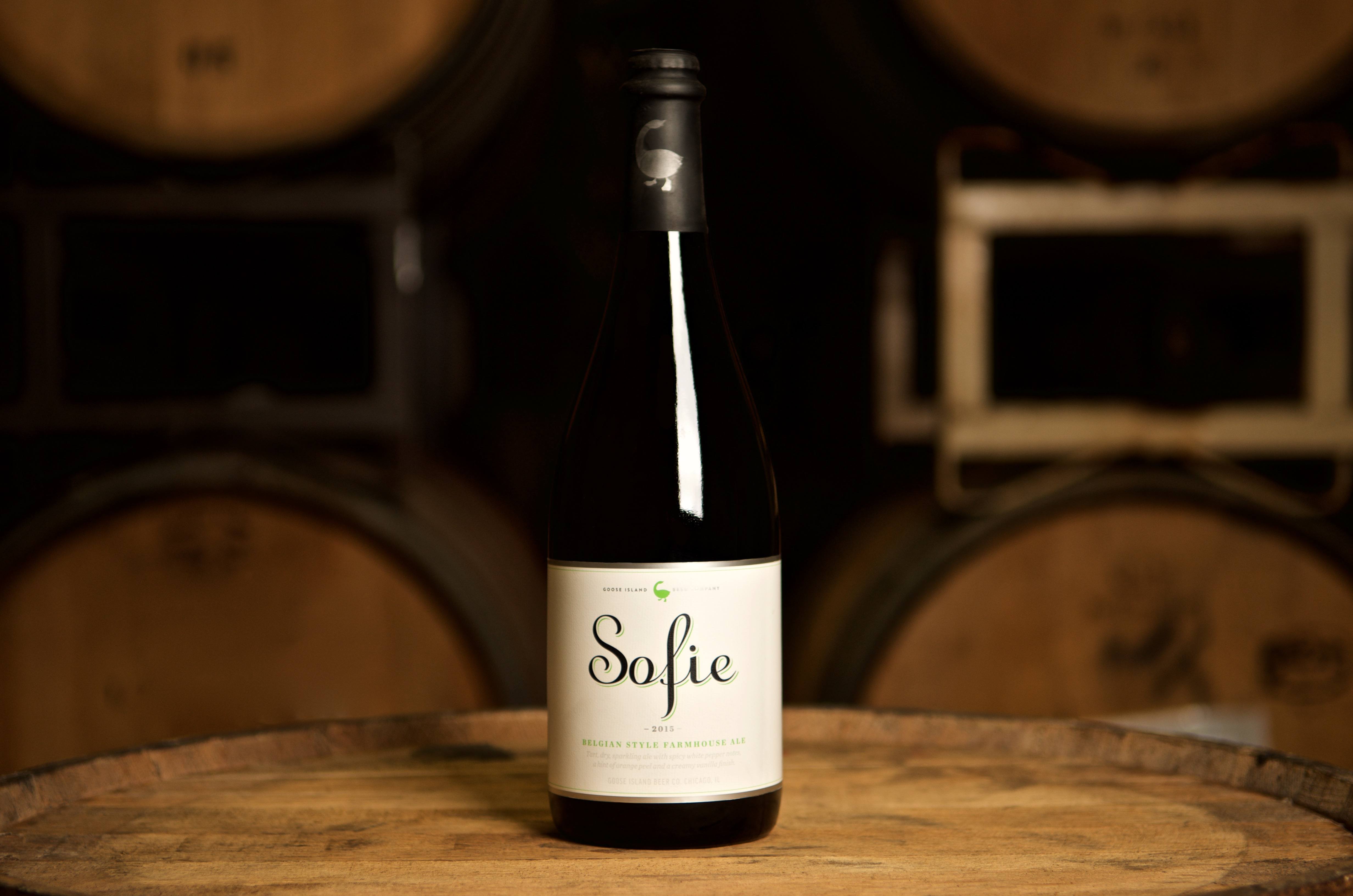Scooch Over Wine: Beer Deserves A Special Place On Your Table, Too
You don't have to be a serious wine-drinker to know that wine certain wines pair well with certain foods and that there are "rules" to help you find a pairing — for instance, the tannins in a big, juicy red wine will cut through a well-marbled steak; or spicy food is best paired with a sweeter wine to tame the heat.
Wines are known for their unique aromas and qualities that derive from the grapes, climate, and terroir (no there are no actual green apples or lemon peels in that white wine, but it sure can taste like it!) But what people often don't realize is that there are so many more flavor compounds in beer. In fact, there are thousands of aroma compounds in beer compared to the "mere" hundreds in wine.
This means that beer has the ability to complement and pair extremely well with foods, and it's easier than wine to do so.
Beer sommelier and education development manager at Goose Island Beer Co., Christina Perozzi, tells us that "almost any beer style pairs well with food," and "even the most extreme beers whether they are hugely malty, hugely hoppy, super smoky or sour have foods that make shining pairings."
To navigate this lesser-known world of beer pairing, we chased down Perozzi to gain insight on just how to go about pairing beer with our holiday meal this year — check out the interview below:
The Daily Meal: How does wine pairing differ from beer pairing?
Christina Perozzi: Beer pairings don't really differ from wine pairings in the sense that, just like in wine, we are looking for how the beer complements the dish, meaning how the beer enhances the existing flavors and brings out new flavors in the dish.
With beer, we are also looking for how the beer contrasts with the dish because beer does have a couple of elements that most wines don't have — like carbonation that can help with contrast. Also, due to all of the permutations in ingredients and methods in making beer, it can pair better and in so many different ways than wine can. For items like artichokes, asparagus, mushrooms, and even chocolate —famously difficult wine pairings — there is a beer style that can easily pair with each of these foods.
What are some attributes of beer that are important to consider when thinking about pairings?
Well, I mentioned before carbonation does definitely have something to do with pairing. Different styles of beer have different carbonation levels and mouthfeel. Hops are what contribute the tannins, which add to perceived dryness. Malt can contribute to residual sugars and also contribute to alcohol levels which can add a sweetness and determine the weight of the beer on the palate. The thing that I consider first when pairing is the intensity; it's important to match the intensity of the beer to the intensity of the food.
Just like you might pair a steak with a cabernet sauvignon, I'd start with looking at a bigger IPA; both the cab and the IPA are high in tannins. If you were serving scallops in a beure blanc, you might pick a sauvignon blanc to pair, where I would look at a Saison, Pilsner, or perhaps a white ale; both have lighter bodies and have notes of citrus.
Are there specific beer styles that are very food friendly in general?
Almost any beer style pairs well with food, but are there styles of beer that are friendlier to more foods? Sure. Saison is a great example. Take [our] Sofie (pictured below) for instance, its notes of citrus and black pepper and its dry finish work so well with so many different foods: green salads, seafood, poultry, goat cheese, root vegetables, creamy soups — I could go on. Obviously, Pilsner is also a great style for many different types of food. Goose Island Four Star Pils can cool down super spicy foods like a hot curry or Buffalo wings, but can also be a perfect match for a blood orange salad or a holiday turkey.
Do you have specific advice or tips that could help a beginner?
My advice is always the same: Start with what you like and don't be afraid to make mistakes. Unlike wine, the rules aren't written in stone for pairing beer with food. And, in fact, some of my biggest pairing successes have come from blind luck.
This holiday season, move that wine to the side and make room for a thoughtful beer pairing. Goose Island Sofie retails for $7.99 for a 765-milliliter bottle (cheaper than wine, too!) and Perozzi leaves us with this thought about bringing Sofie to her holiday table: "I love introducing family members to beer in a way that they are shocked: 'This is beer?!'"

